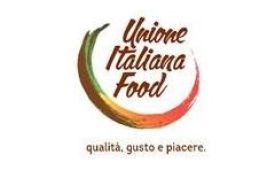History

Since its creation biscuit has played two roles: the practical and nutritious food, easy to preserve and carry and the confectionery food which evolved at the same pace as Europe.
5000 BC, Egypt
Egyptians believe in life after death and leave food (including a kind of wafer) in tombs to ensure their deaths would not be hungry in the other world.
200 BC, Greece
Breads and wafers are prepared from different flours (wheat, buckwheat), oil, milk, honey. Some breads are cooked twice. They mark the birth of biscuits and explain their etymology, “twice-cooked”.
100 AC, Rome
Rome has more than 300 bakers who prepare fine bakeries and also manufacture big quantities of biscuits to ensure the subsistence of the legionaries who were in campaign.
Since its creation biscuit has played two roles:
- the practical and nutritious food, easy to preserve and carry (for soldiers, seamen and travelers). It was used by the Romans, the Spanish armada or the Royal Navy for instance
- the confectionery food which evolved at the same pace as Europe, influenced by the Crusades (spices and cooking techniques), discoveries (sugar) or inventions (refined flour)
In the 19th century the mass production of cakes, biscuits and jelly begins with the Industrial Revolution. Europe sees the founding of biscuit makers who will write the best pages of biscuits industry: Lazzaroni, Delacre, de Beukelaer, Bahlsen, LU, BN to name but a few.
After the Second World War the number of companies in Europe tends to decrease but the number of recipes multiplies. New technologies and techniques to fold, mix, bend, coat or fill the paste excite the imagination of biscuit manufacturers and artisans and lead to the creation of many new products.



















